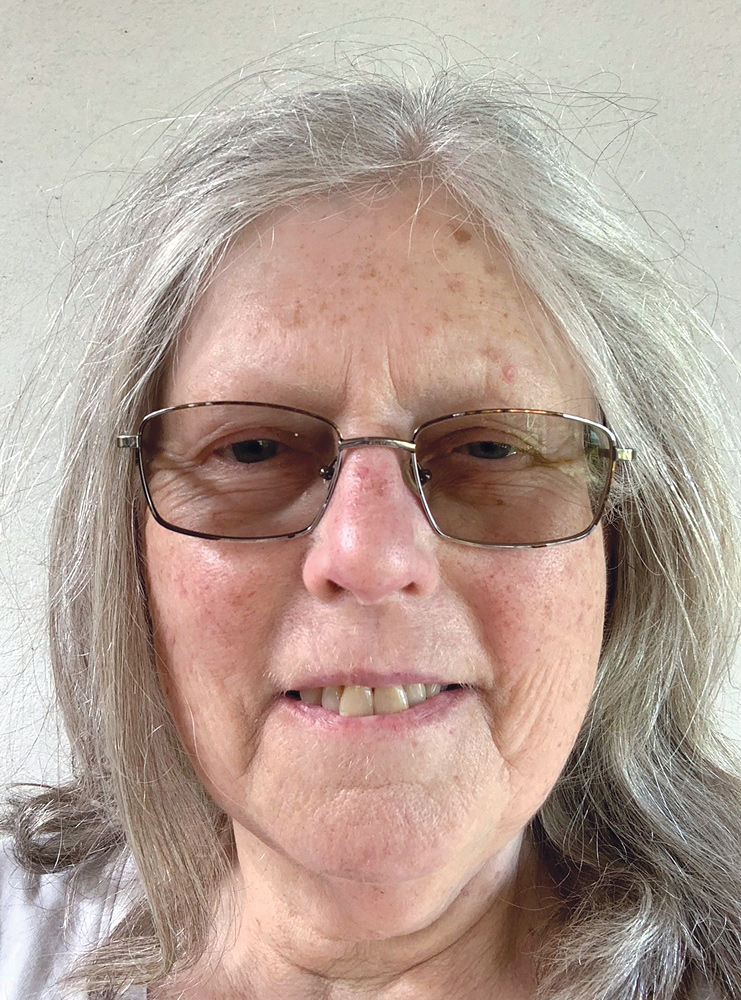 Public health epidemiologist Dr Priscilla Robinson argues that when it comes to COVID, we have to think globally.
Public health epidemiologist Dr Priscilla Robinson argues that when it comes to COVID, we have to think globally.
Two years on from the start of the SARS-CoV-2 pandemic, we in Australia are starting the process of getting back to a new normal life – including how we interact with our world and all of its peoples.

We are quite late in this process. Europe, which experienced the pandemic surge much earlier than we did here in the global south, has been returning to a new normal for several months. Some of us have friends and relatives who have managed to get on a plane and go to a different country.
In Australia, we were lucky in that we are an island with relatively few international entry points, and we had good warning that COVID was coming. I am not so sure we really were the envy of the world in managing our part of the pandemic.
While our remoteness protected us for much of 2020, we proved to be as vulnerable as everyone else when the surge we experienced in Victoria and NSW over the past few months pointed to a level of complacency about the effectiveness of our public health controls, which crashed when Delta arrived.
Public health controls are about a complete package of measures, but it seems that our political leaders decided to pick and choose which ones to use, and for how long, and have even changed the rules to ensure that they can do that – for example, the recent change in Victorian laws about how they can declare a pandemic.
Victorian population attack rates have now passed the 1% mark, and NSW is close behind. Australian rates will continue to rise until the number of cases and complete vaccination rates provide true herd immunity.
In fact, ‘herd immunity’ is another example of a conventional definition that seems to have somehow altered from the ‘herd’ being the entire community to only people eligible for vaccination.
Herd immunity levels for the prevention of transmission of COVID are not really known; estimates vary between 70% and 100%, depending on the data source. And that is of the WHOLE population, not just people eligible for vaccination, but everyone, children from birth onwards. Worldwide.
Speaking of worldwide, globally rates of infection have varied hugely. Some 20 countries (such as the US and several European countries) have had infection rates of 10% and more, and one country has broken the 20% barrier.
Some countries have had very low rates of infection, China being a good example where national rates have yet to reach 1%. Several countries, including several in the throes of major political upheavals, report low rates, partly explained by a lack of public health capacity.
However, you would not know it from the media. Many countries have avoided this pandemic, particularly small Pacific Island nation states, but they have also fallen off the vaccination radar.
There are two major ways for resource-poor countries to access COVID vaccines. Firstly, vaccines are meant to be provided to resource-poor countries through the WHO COVAX program, by which wealthy countries subsidise vaccines for low-income countries to access at cost or free. However, at current rates with less than 2% of low-income country populations currently fully vaccinated (and no prizes for guessing who the 2% are), it will take about 50 years for these people to be protected.
The second way for vaccines to reach people who need them is for COVID vaccine intellectual property rights to be temporarily suspended, as urged by many supporters of the TRIPS waiver being negotiated at the World Trade Organization.
Had a TRIPS waiver been granted early in the pandemic, many resource-poor nations would have had the resources to be able to protect themselves, and, as many of the treatments and vaccines had been developed using public monies, it is arguable that ethically there should have been no issues with waiving IP rights.
Sadly, there are still several wealthy countries holding out against TRIPS waivers for COVID-related products.
Why does this matter? Well, as soon as travel starts up again COVID will reach these immunologically naïve peoples and it will spread, and apart from the inconvenience of having a lack of services due to local people being sick, having new and fertile ground to spread arguably also provides seeding grounds for new SARS CoV-2 variants.
Many such COVID-free, poorly vaccinated countries are holiday destinations and cruise stopover ports for wealthy travellers. It was wealthy travellers who seeded many of the original COVID seeding grounds. Remember the returned skiers from Aspen who started Victoria’s problems early in 2020?
Remember, we are not all safe until we are all safe.
ED: Assoc/Prof Deb Gleeson assisted in this article by providing reference materials and ideas about TRIPS agreements.

